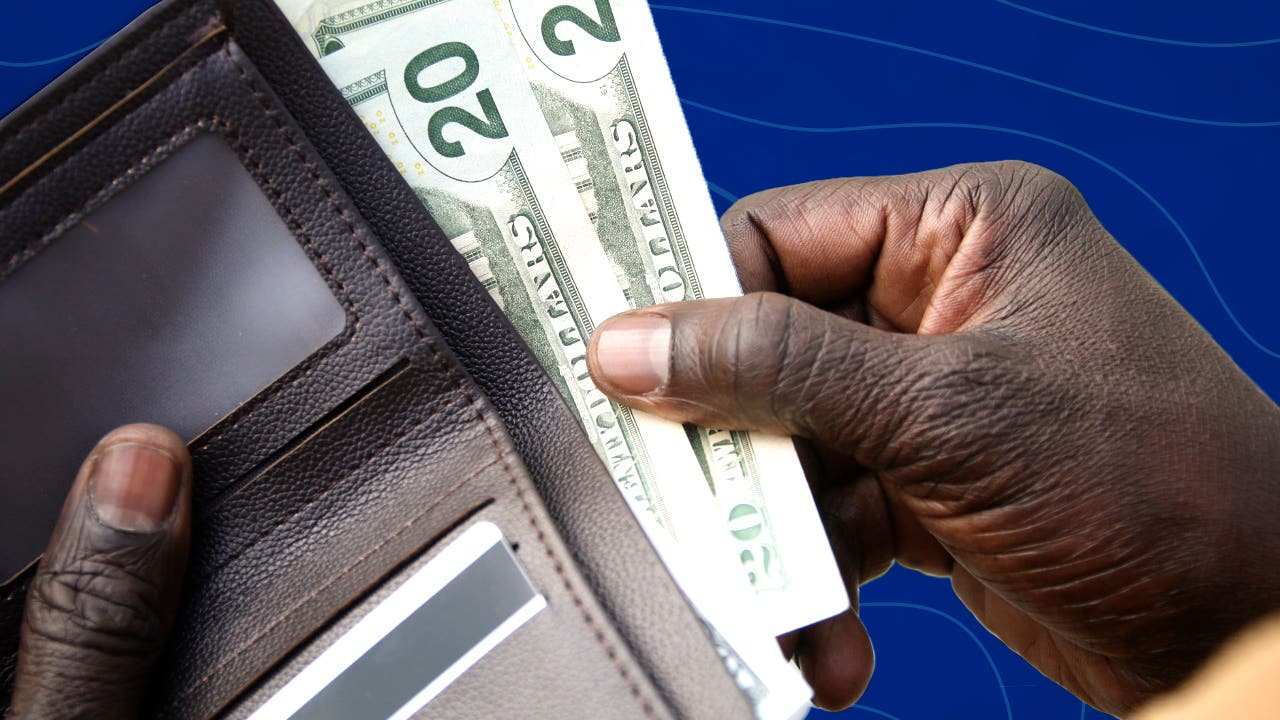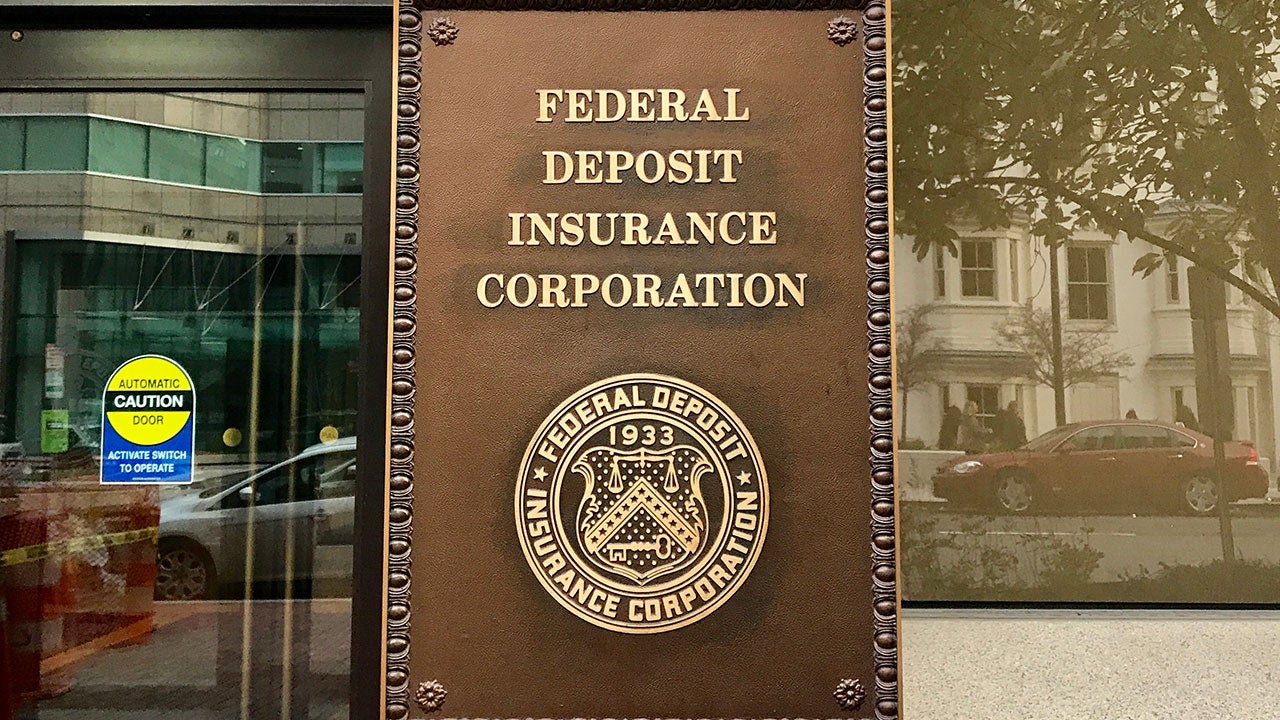Survey: Majority of US households uneasy with level of emergency savings

Soaring prices for gas, groceries, housing and more are leaving many U.S. households feeling uncomfortable about the state of their emergency fund.
More than half (58 percent) of the 1,025 adults surveyed in a nationwide Bankrate poll said they were concerned about the amount they have in emergency savings, up from 48 percent in 2021 and 44 percent in 2020.
“The percentage of Americans who are comfortable with their emergency savings has gone from 54 percent to 42 percent in the past two years, while those [feeling] uncomfortable has jumped from 44 percent to a majority 58 percent,” says Greg McBride, CFA, Bankrate chief financial analyst. “Inflation, at the highest levels in 40 years, will erode the comfort level with and buying power of your emergency savings.”
More than half of adults are uncomfortable with their emergency savings
Of those who were uncomfortable with their emergency fund, 75 percent had no savings or not enough to cover at least three months’ worth of living expenses. Just 43 percent of those who were very uncomfortable have any savings at all.
Among those who were comfortable with what they have saved, 82 percent had at least three months’ worth of expenses saved.
Income and emergency savings
Households with higher annual incomes reported higher levels of comfort with their level of savings. Of those that earned more than $100,000, more than half (59 percent) were comfortable with their savings, while less than half (46 percent) of those earning $50,000 to $99,999 reported being comfortable with their emergency funds.
Among households that earned less than $50,000 annually, 37 percent had no emergency savings at all.
Just 1 in 4 adults has more emergency savings now than a year ago
Inflation in May reached a 40-year high, squeezing household budgets and possibly forcing some to dip into savings, including government stimulus payments they may have stashed away. Only 24 percent of adults reported having more money in an emergency fund than they did a year ago.
Households with no emergency savings made up 23 percent of the total — down from 25 percent last year and among the lowest levels seen in the 12 years of polling. The numbers have also improved for households that had emergency savings:
Slightly over a quarter (27 percent) of households had enough savings to cover at least six months of expenses — up from 25 percent each of the past two years.
A quarter (22 percent) of households had enough saved to cover three to five months’ worth of expenses — reflecting the highest percentage in this category since 2011.
A total of 28 percent had some savings, but not enough to cover three months of expenses.
Millennials have significantly less in savings than older generations
It takes time to accumulate an adequate emergency savings cushion, which can be reflected in the average amount each generation has set aside.
The level of comfort corresponds with savings amount, as just 38 percent of millennials (ages 26-41) were somewhat or very comfortable with their emergency savings, compared to 41 percent of Generation X (ages 42-57) and 49 percent of baby boomers (ages 58-76).
Why we ask for feedback Your feedback helps us improve our content and services. It takes less than a minute to complete.
Your responses are anonymous and will only be used for improving our website.






